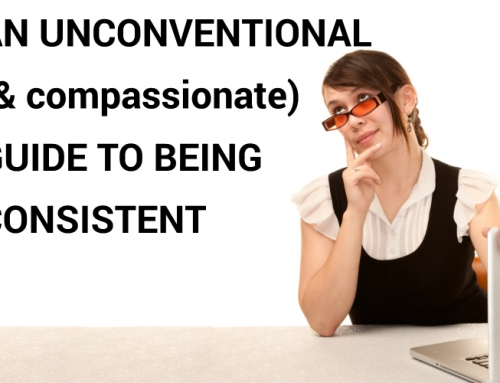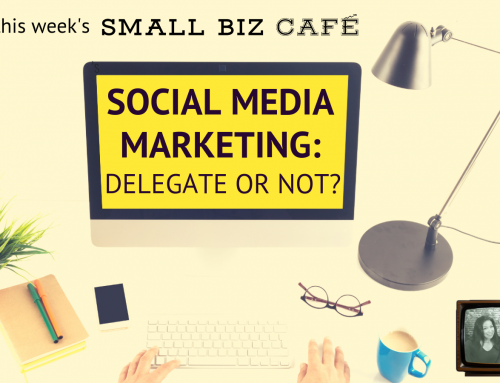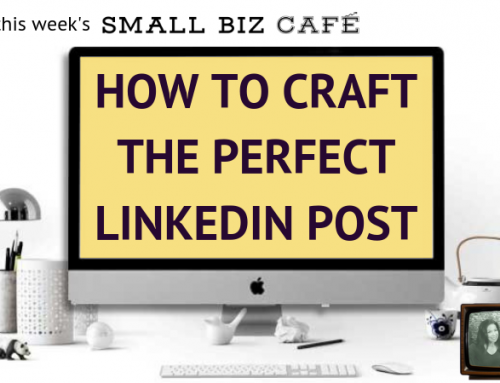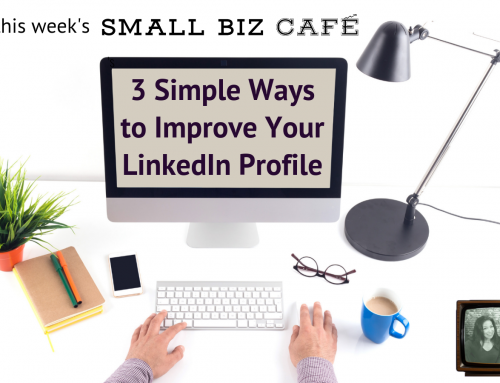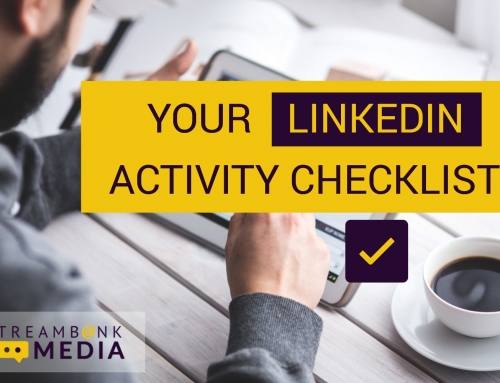The Story:
After losing the Vote to build a mega-retail complex in January 2010, the national builder decided to regroup and try again in 2012.
 The issue at hand for the 6,000+ residents of a cozy mountain community was whether or not the developer could build a mixed-use shopping and residential center on a swath of land that spanned 88 acres on the edge of town.
The issue at hand for the 6,000+ residents of a cozy mountain community was whether or not the developer could build a mixed-use shopping and residential center on a swath of land that spanned 88 acres on the edge of town.
During the first go-round in 2010, the opposition was passionate, organized, and relentless. Despite being outspent by a significant margin, the foes of the project were able to spread their message and turn out the vote as effectively as the pro side. 2,194 residents braved the frigid winter day to cast their vote on the future of the town. When the final tally was recorded in the wee hours of the morning, the nays outvoted the yeas by a margin of 156 votes.
Fast-forward two years, and the builder decides to try again. What has changed in the two years? Not a lot. The economy has trended downward slightly, but the residents who were against the project in 2010 remained steadfast in their opposition.
The one element that was different in the 2012 campaign was the developer’s decision to employ social media as a tool in their overall marketing campaign. And that’s where we came in.
Streambank Media/GhostTweeting.com was hired to manage the builder’s Facebook page and Twitter feed.
Anatomy of a local political campaign:
In early April 2012, we had our first strategy teleconference to launch the campaign to sway residents for the May 22 vote. We conferred with the builder, their marketing team, outside political and PR strategists, and local community leaders to craft an overall campaign plan. We had a total of seven weeks to persuade voters to vote YES for the development.
As the social media specialists, we devised a comprehensive strategy to use the Facebook page as the front lines in the ensuing campaign. We demonstrated the necessity of having the battleground take place on our home turf, where we could control the conversation and stay on message.
Our strategy was as follows:
STAGE 1:
- Discussion Phase (Weeks 1-5): Publish positive and accurate posts regarding the project, developer, and economic projections. Invite open discussion on Facebook and Twitter. Allow the opposition to voice their concerns and then respond with facts, figures, and testimonials. Dissenting opinions were welcomed, as long as the main discussion was on our page, and not on opposition pages.
STAGE 2:
- Rally Phase (Week 6): Two weeks prior to the vote the plan was to curtail dissenting opinions, and convert the page into a rally point for the pro-development crowd. Only positive articles and comments would be posted during this time.
STAGE 3:
- GOTV (Week 7): The last week would be devoted entirely to the Get Out The Vote effort. Information would be provided regarding campaign materials, volunteer coordination, and logistical issues.
The Execution:
Stage 1 – Discussion and Debate:
Once we gained consensus from the team, we suggested ad blitzes in local newspapers and on local radio stations to “join the conversation” on the Facebook page. We invited both supporters and opponents to voice their opinions freely. During this time, we crafted posts that were designed to spark conversation around the key talking points of the debate.
It didn’t take very long for residents on both sides to join the discussion. Every time we presented positive facts and statistics, opponents rebutted with their own statistics, links to articles, and other data that supported their opinions. There was also a sea of misinformation being spread by the opposition, which was being discussed widely among the anti-project crowd. We were very fortunate that this was being discussed openly on our Facebook page.
Each time an opponent posted a negative comment or an inaccuracy, we formulated a carefully worded response and presented it to the strategy team for review. After the consultants weighed in and tweaked the response, we would post it to the page. What appeared to be casual responses by the “pro” side were actually strategically written messages that were fully researched and carefully considered. When an undecided resident posed a question on the page, we followed the same process, providing full, accurate, and persuasive responses.
This was an intensively managed campaign on our part, where we monitored the activity on the page on a continuous basis. Although our posts were thoroughly researched, reviewed, and discussed, we generally responded within an hour of any question or post.
The social media team scoured the local media, paying special attention to letters to the editor of the daily newspapers. As the weeks went on, the papers were filled with strong opinions from both sides. As administrators of the social media pages, we posted links to all of the positive articles, while the opponents kept pace and posted links to the negative opinions.
Every Monday, the entire team met via teleconference for a two-hour strategy session to review the week’s activity and set the plan for the coming week. Invariably, the meeting would focus on the Facebook activity, as that was the front line of the debate. As the political strategist and the communications firm crafted the messaging, our social media team was fully in step, translating the talking points into Facebook and Twitter posts.
As the weeks went on, the Facebook “reach” begin to skyrocket, climbing to thousands of people per week. The reach is the number of people whose Facebook news feed contains information from our Facebook page. With only 2,194 people voting in 2010, we were confident that the discussion was reaching a majority of the voting residents in the community. The debate was very public and we were the ones controlling the discussion, beginning new posts, and ensuring that the topics were on-message.
At the same time, the Twitter following was expanding. We targeted people in the local area by reaching out to people who followed the local newspapers and local businesses. The Twitter posts mirrored the Facebook messaging, as we published between five and ten tweets per day. We responded to inquiries and set the record straight when people made false claims.
Things get heated…
Throughout the first four weeks of the discussion phase, the conversation became increasingly heated. What started as passionate but civil rebuttals to our posts by the opposition, later deteriorated into hostile remarks, personal attacks, and libelous comments about the developer. And although the responses made by our side were calculated and planned, some of our supporters could not be restrained, and they let their feelings be known.
With only one week to go before ending the discussion stage and entering rally mode, we began deleting attacks and posts that were off-message. This is one of the key advantages of controlling the discussion on our Facebook page. Had the main conversation been hosted elsewhere, we would have no say in which posts remained and which were deleted.
Just days before the rally phase was to begin, the emotions on both sides built to a feverish pitch, and we had an emergency phone call at midnight with the political consultant. We decided to end the discussion phase a few days early. The next morning, we published a post on the Facebook page thanking everyone from both sides for their contributions, and announcing that the page was no longer going to be used as debate arena.
Stage 2 – Rally the Troops:
Instantly, we converted the page from an open forum into a rally mechanism for our supporters. The posts were 100% pro-development, and we used the platform to promote campaign events, coordinate volunteer efforts, announce media appearances, and increase participation in canvassing and public relations efforts.
Any negative, contrary, or off-message posts were immediately deleted, and we continued to make daily posts that promoted the shopping/residential center and the developer, as well as favorable letters to the editor. People who repeatedly attempted to post negative or erroneous information were banned from participating on the page. Even though we effectively shut out the opposition from posting, our reach continued to remain strong. This is because we positioned the page as the main discussion vehicle from the onset. The opposition had their page as well, but it never was able to achieve the traction that our pro-page had.
The pro-development movement was gaining steam, but we knew that we couldn’t coast, as the opposition was committed to defeating the project. The rally phase of the social media strategy set a positive tone for the center and the developer. We were well-positioned to enter into the final leg of the campaign.
Stage 3 – Get Out The Vote (GOTV):
At the beginning of Week #7, the Facebook page was soundly engrained as the center of the campaign’s messaging and rally engine. Calls for volunteers, canvassers, flag wavers, sign posters, and logistical efforts appeared daily. Supporters were enthusiastically posting to the page. Facebook was the main source for everything but confidential or strategic information.
The reach remained strong and the momentum kept expanding in the days leading to the vote. Video testimonials of supporters were posted and were receiving many likes and comments. Anti-development voters messaged our Twitter account with strong emotion and sometimes hostility – but the impact was minimal, as the messages did not reach our community; the posts were only seen by the followers of the people posting.
During our final strategy teleconference the day before the vote, the political consultant kept the team motivated and reminded us to stay on message and not slack off in the final stretch. In the last day of the campaign, we focused exclusively on getting out the vote – reminding people over and over to make sure they planned to cast their votes the following day. We knew that the margin of victory was going to be very small, but had no clear indication who would win. We were cautiously optimistic.
Voting Day, May 22, 2012. We posted more photos and motivational graphics. The polls were open until 7:00 PM local time, and we kept up the voting reminders up until the last minute. When the polls finally closed, we took a deep breath and waited for the final tally.
At 1:14 AM on May 23rd, we received the text letting us know that the development had passed. Our seven weeks of relentless campaigning had paid off.
The final vote:
Yes: 1,247
No: 1,022.
In the 2010 vote, a total of 2,194 votes were cast (1,175 No and 1,019 Yes).
Conclusion:
Practically the same number of voters went to the polls in both elections (2,194 in 2010 and 2,269 in 2012), but the outcome was much different. Instead of losing by 156 votes, the development passed by 225 votes, a swing of 381 votes.
So, what was different the second time around? The issues remained the same; the residents – for the most part – remained the same; and the passions in the local community remained the same. What was different was the addition of the social media component. Throughout much of the campaign, the members of the pro-team had credited the social media presence as a powerful messaging voice and a primary driver of influence.
Social media, and in particular Facebook, provided the campaign with an immediate and effective vehicle in which to promote positive messaging, control the debate, rally support, and – most important – combat misinformation that was being spread by the opposition.
The developer’s Facebook presence helped the campaign to stay on message and present their case in a consistent, factual, and effective way. And while the hostility on the Facebook page did reach a feverish pitch during week five, we were able to assume full control of the content and messaging by speeding up the transition to the rallying phase of the social media campaign.
Each member of the pro-team played a key role in the success of the campaign. There is little doubt that had one of these components been missing, the pro-vote tally would have been substantially less. But when considering the fact that these same components were in place during the 2010 effort, the impact of social media becomes strikingly clear.
Social media has permanently altered the structure and nature of election campaigns. Those who choose to harness the incredible power of Facebook and Twitter are in a position to better control their messaging, structure the debate, and maximize their visibility. Campaigns that choose to ignore the reach and significance of social media are giving up not only a powerful messaging platform, but most likely their chances at a successful election as well.
Bottom Line:
Candidates and campaign managers need to fully integrate social media into their overall marketing and communications strategy. Social media is not what shapes the platform and messaging, but it is the vehicle used to inform, persuade, and rally constituents in the months, weeks, and days leading to the election.
Want to learn more about how social media can help broadcast your message and build strong constituent relations? Visit: www.ghosttweeting.com/political

